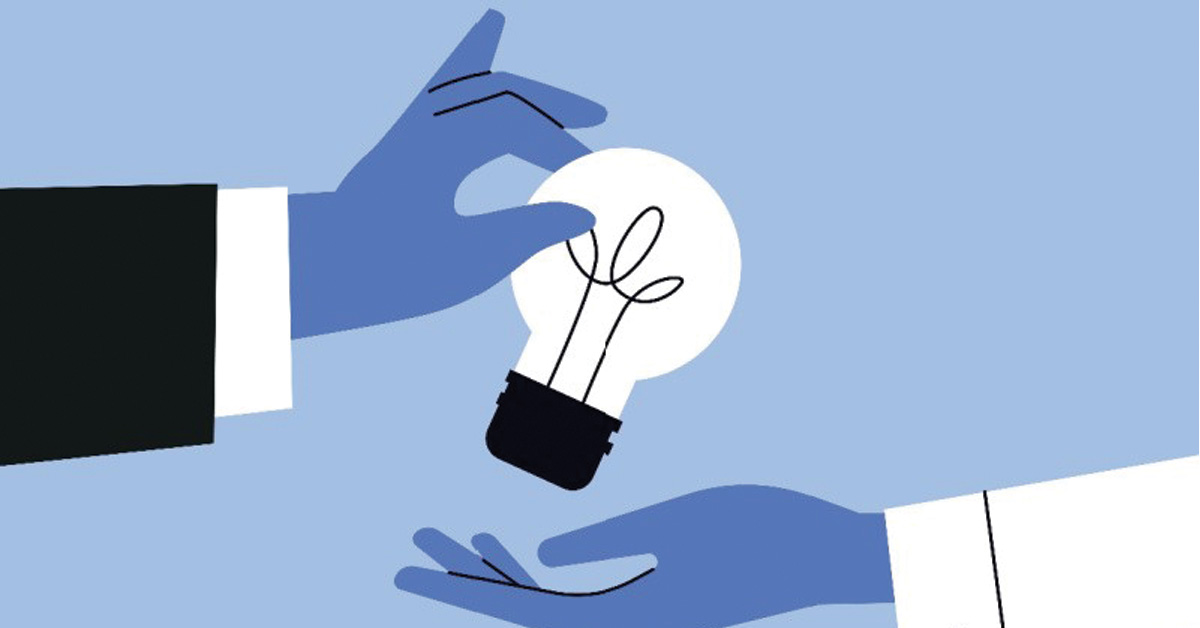Innovate with Ideas 1st or Needs 1st?
Product Managers face a big question: should we start by brainstorming a bunch of ideas and then attempt to iterate our way to product/market fit? Or should we discover the target customers’ unmet needs and then generate solution ideas to address them? Many people advocate generating a lot of ideas because, so the thinking goes, that increases the likelihood of getting a “hit.” But that’s dubious and the truth is certainly more nuanced.
When Needs Come First
Focusing on needs first is crucial when customers’ needs are opaque, empathy isn’t enough, and/or when the complexity and prioritization of needs is overwhelming. The Jobs-to-Be-Done (JTBD) approach is a game changer here. It sharpens our focus and allows us to see precisely what customers are trying to accomplish, how they measure success, and where they struggle given their current product/service solutions. JTBD enables product teams to identify and rank their target customers’ unmet needs so they can apply their expertise and creativity to the things customers care about most.
When Ideas Lead the Way
Sometimes, in industries where technology is evolving quickly, a focus on generating ideas to create new capabilities can reap big rewards. But, in my view, this approach should only be pursued when the firm has a “good enough” understanding of what customers want and the chief constraint to creating new value is the technology. Otherwise, the firm risks getting into the guessing game through trial and error which dramatically reduces learning.
The problem is that its very difficult to gauge what is “good enough” information about the customer. Because we don’t know what we don’t know, R&D and product teams assume they know what customers want and, as it turns out most of the time, they don’t really know. Teasing out what we really know based on solid evidence versus what we think we know can be challenging.
New technologies, new scientific discoveries, and new laws/regulations all create new jobs to be done. Every new job to be done is a new market. Creating and owning a new market is big business. Sometimes it’s new technology that reveals possibilities that no was talking about or knew enough to explore. Great innovations are born at the intersection of emerging technology and highly important customer needs.
Consider the creation of the iPhone. Apple’s success lay on the foundation of a solid understanding of what customers are trying to accomplish. I’m sure there were a lot of iterations back and forth to nail the features, but what enabled them to hit a home run was a deep understanding about the many different jobs people are trying to get done – such as make phone calls, send texts, check emails, listen to music, take pictures, get driving directions, etc. Now there are millions of apps to help us execute virtually every conceivable job we want done. Steve Jobs famously said:
You have to start with the customer experience and work backwards to the technology. – Steve Jobs
Achieving a Strategic Balance
Ultimately, framing the question as choosing between Needs-First or Ideas-First in isolation isn’t helpful. The key to success is knowing where your greatest constraint lies. If it’s understanding customer needs, then focus there. If it’s getting feedback on a new feature idea, focus there. Focus on the area that presents the biggest obstacle to your progress today.
But let me know what do you think. Share your thoughts below or DM me.
 How to Differentiate and Win Using JTBD
Prev post
How to Differentiate and Win Using JTBD
Prev post



